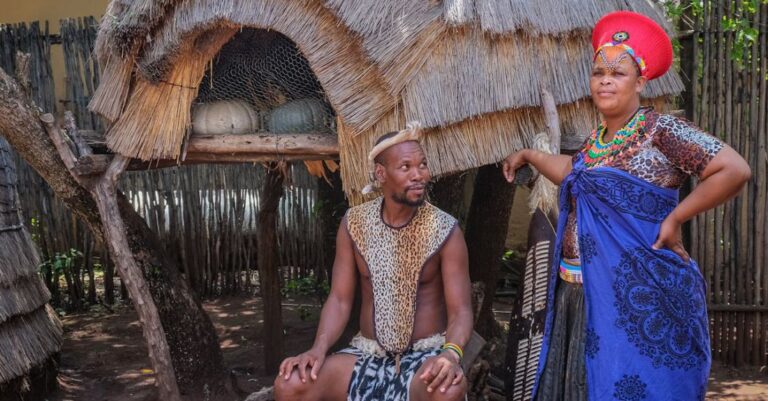
Exploring the Dynamic Relationship Between Cinema and Cultural Changes
Cinema has long been a mirror reflecting the society in which it is created. The silver screen showcases the values, beliefs, and norms of a particular culture at a specific point in time. By examining the evolution of film throughout history, we can gain valuable insights into the ways in which cinema both shapes and is shaped by cultural changes.
Evolution of Representation on Screen
One of the most striking ways in which cinema reflects cultural changes is through the evolution of representation on screen. In the early days of film, depictions of gender, race, and sexuality were often limited and stereotypical. However, as societal attitudes shifted and evolved, so too did the portrayals we saw on screen.
The Hollywood Golden Age, for example, was characterized by strict censorship codes that dictated what could and could not be shown in films. This era reflected the conservative values of the time, with strict guidelines around issues such as sexuality and morality. However, as the civil rights movement gained momentum in the 1960s and 1970s, filmmakers began to challenge these norms and push the boundaries of what was considered acceptable on screen.
The Rise of Diversity and Inclusion
In recent years, there has been a growing push for diversity and inclusion in cinema. Audiences are demanding more authentic and representative portrayals of people from all walks of life, leading to a surge in films that highlight diverse voices and experiences. This shift is a direct reflection of the changing cultural landscape, as society becomes increasingly aware of the importance of representation and inclusivity.
Films like “Black Panther” and “Crazy Rich Asians” have shattered box office records and garnered critical acclaim for their groundbreaking representation of marginalized communities. By showcasing stories that have traditionally been underrepresented in mainstream cinema, these films are not only reflecting cultural changes but also driving them forward.
Exploring Social Issues Through Film
Another way in which cinema reflects cultural changes is by exploring pressing social issues through the medium of film. From environmental degradation to political corruption, filmmakers have long used their craft to shine a spotlight on the most pressing issues of the day. By engaging with these topics in a compelling and thought-provoking way, cinema has the power to provoke conversation, inspire change, and shape the way we view the world around us.
For example, films like “An Inconvenient Truth” and “12 Years a Slave” have sparked important conversations about climate change and racial inequality, respectively. By bringing these issues to the forefront of public consciousness, filmmakers have the ability to catalyze social change and drive cultural transformation.
The Influence of Globalization on Cinema
In an increasingly interconnected world, the influence of globalization on cinema cannot be understated. As films are distributed and consumed on a global scale, filmmakers are faced with the challenge of creating content that resonates with diverse audiences from different cultural backgrounds. This has led to a rich tapestry of storytelling that reflects the diversity of the world we live in.
From the rise of international co-productions to the popularity of foreign language films, cinema has become a truly global medium that transcends borders and boundaries. By incorporating elements from different cultures and traditions, filmmakers are able to create stories that resonate with audiences around the world, further blurring the lines between national cinemas and fostering a sense of global unity.
Embracing Change Through Cinema
In conclusion, cinema serves as a powerful reflection of cultural changes, capturing the zeitgeist of a particular moment in time and shaping the way we view the world around us. From the evolution of representation on screen to the exploration of pressing social issues, cinema has the ability to provoke thought, inspire change, and drive cultural transformation. By embracing the dynamic relationship between cinema and cultural changes, we can gain a deeper understanding of the ways in which film both reflects and shapes the society in which it is created.





